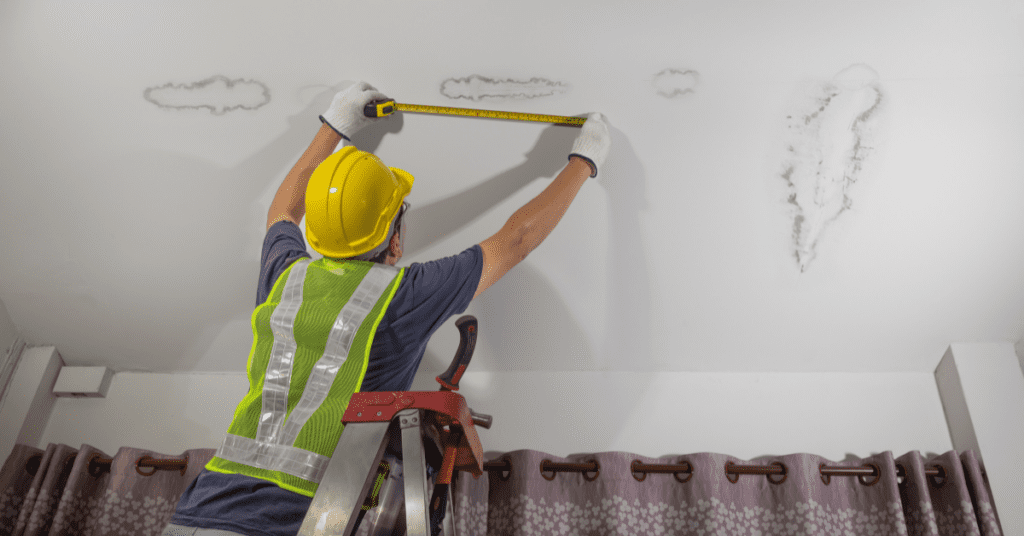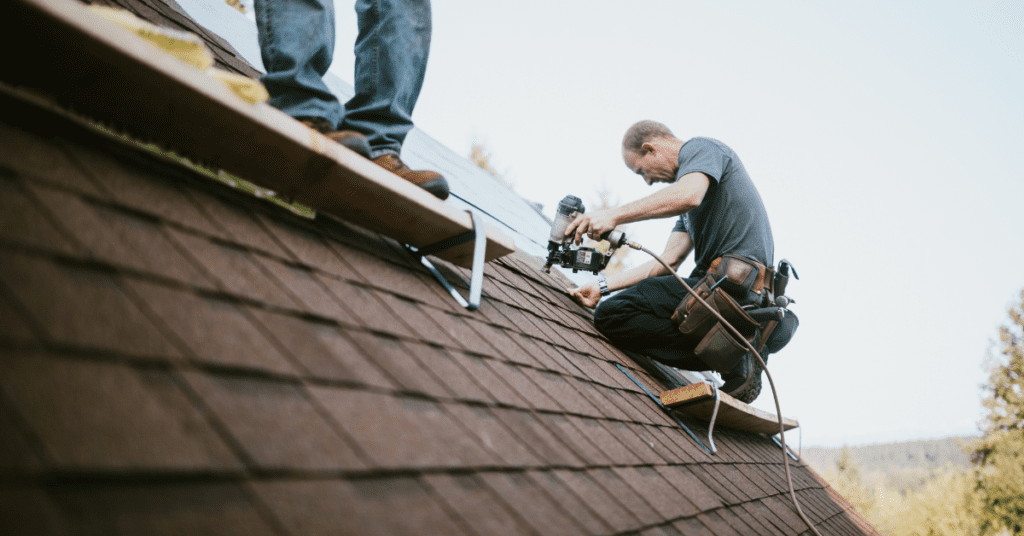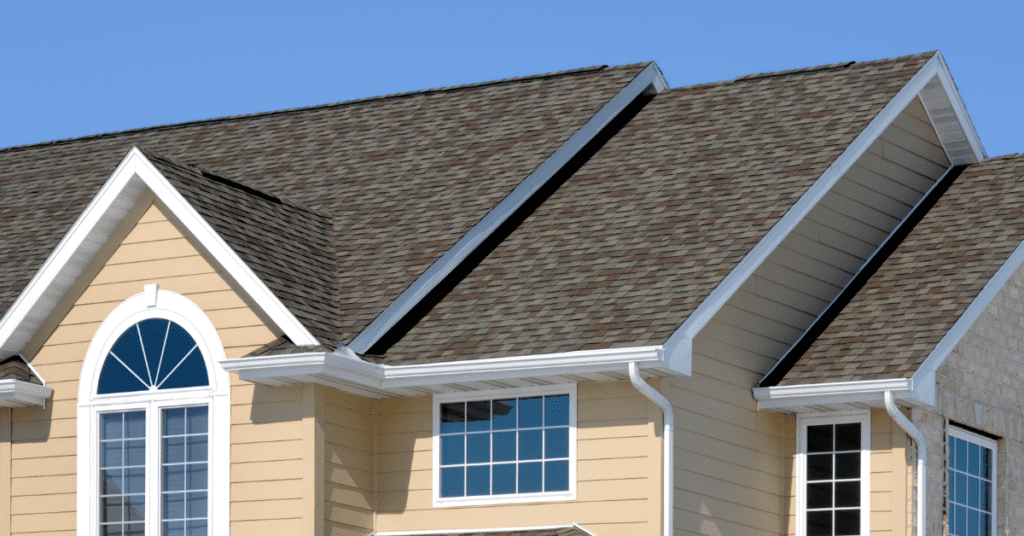7 Steps To Take When Roof Damage Is Detected


Roofs are the protective shield of our homes, enduring the brunt of nature’s elements day in and day out. They serve as the first line of defense against rain, hail, wind, and sun, ensuring the safety and comfort of the inhabitants. It’s important to understand, though, that not all elements pose the same threat – for instance, here are 3 common misconceptions about wind damage on roofs.
However, this relentless exposure to harsh conditions can lead to wear and tear, ultimately resulting in roof damage. While this is a common problem faced by homeowners, dealing with roof damage can be an overwhelming task, especially if you’re unsure where to start.
This article aims to simplify the process for you, outlining the steps to take when roof damage is detected, from initial identification to repair or replacement. By the end of this article, you’ll be better equipped to handle roof damage swiftly and efficiently, minimizing the impact on your home and your life.
1: Document the Damage
If you spot any damage, start by documenting it. Take detailed notes and multiple photos of all damage, both interior and exterior. This documentation will be crucial when submitting your insurance claim.
2: Safe-proof Potential Hazards
After documenting the signs of roof damage, particularly if there’s a water leak, the next crucial step is to safe-proof your home. This process involves taking necessary actions to prevent further damage until professional repairs can be made.
In the case of a leaking roof, which can be difficult to locate on your own, the best course of action is to manage the water inside your home while you wait for professional help. Place buckets or other containers under the leak to catch the water.
If the leak is seeping onto a flat surface, consider laying down towels or other absorbent materials to soak up the water.
Meanwhile, remove or protect valuable items that are in the path of the leak. Water can cause substantial damage to electronics, furniture, and other belongings.
While you might be tempted to fix the leak temporarily, climbing onto a damaged roof can be hazardous and is generally not recommended for non-professionals.


3: Contact Your Insurance Company
Next, report the damages to your insurance company as soon as possible. When engaging with a roofer, it’s important to know how they can protect your property during repair, which will be part of your claim.
4: Book A Meeting with An Insurance Adjuster
Your insurance company will arrange an appointment for an adjuster to come out to your home and assess the roof damage. It’s recommended that you get 3 to 4 contractor estimates before you meet with the adjuster so that you have a professional benchmark for the project cost.
5: Hire a Trusted Roofing Contractor
After submitting your claim, it’s time to contact a few trusted contractors. Use this guide to interview the roofers so you are assured that your roof will be reliable once again. They will assess the repair or roof replacement cost and offer complimentary project quotes that you’ll give to your claims adjuster at your appointment. Make sure the roofer is present on-site so you can get a fair assessment. Every damaged roof requires a different solution.
If you’re considering asphalt shingles, make sure you understand the 4 qualities to look for in good asphalt shingle roofing. This will guide your interviews with potential roofers so you can be confident that your roof will be reliable once again.


6: Decide Between Repair and Replacement
Depending on the severity of the damage, your contractor will suggest either a roof repair or roof replacement. If you’re unsure about which option to choose, it can be helpful to understand at what point a roof is beyond repair and a roof replacement is needed.
7: Understanding The Process
The project is finished after it has passed a city inspection and you’re satisfied with the completed work to your home’s roof.


Conclusion
In conclusion, taking care of roof damage as soon as it’s detected is critical to prevent more severe problems down the line. It’s important to recognize the signs of roof damage, document the damage, contact your insurance company, and hire a trusted roofing contractor.
Depending on the severity of the damage, you may need to repair or replace your roof. By following these steps, you can ensure the longevity of your roof and the safety of your home. For a better understanding of what you can expect, learn more about the expected lifespan of a new roof.
Take action now to protect your home and secure the longevity of your roof. Don’t let roof damage escalate into more severe problems. If you’re in
- Burnaby Roofers
- New Westminster Roofers
- Coquitlam Roofers
- Port Coquitlam Roofers
- Port Moody Roofers
- Delta Roofers
- Ladner Roofers
- Vancouver Roofers
- North Vancouver Roofers
- West Vancouver Roofers
- Richmond Roofers
- Surrey Roofers
- White Rock Roofers
- Maple Ridge Roofers
- Pitt Meadows Roofers
- Langley Roofers
- Powell River Roofers
give us a call today! With our expertise, you can address roof damage swiftly and efficiently, ensuring the safety and comfort of your home for years to come. Don’t delay, take action now and safeguard your investment.
